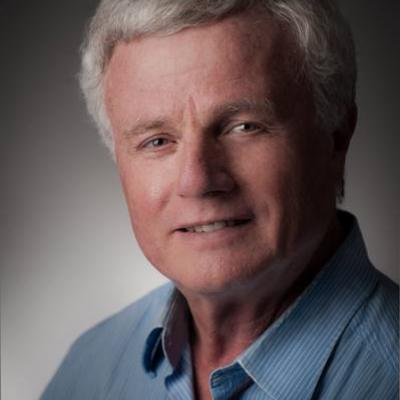As we enter into this holiday season, it is important to reflect back on the key market and political trends of 2016, and also to look forward to what might be in store for the renewable energy industry in 2017.
One of the key political developments was when the Paris Climate Agreement formally went into effect on 4 November 2016. This important step empowers nations to continue to work out numerous details surrounding the agreement, which they undertook at the 22nd Conference of the Parties (COP22) in Marrakech, Morocco on 7-18 November. However, another key political development has been the growth of a populist, nationalist and, in some ways, isolationist movement in a number of countries. This trend has led to at least two key outcomes in 2016: the decision by a referendum of voters in the United Kingdom to pull out of the European Union (known as “Brexit”); and the surprising election of Donald J. Trump to become the next President of the United States, which happened, ironically, just after the start of COP22.
With respect to this latter development, it was true that the vote was extremely close; in fact, Hillary Clinton, representing the more liberal Democratic Party, actually won the popular vote. However, it is the vote of the Electoral College that prevails, giving Mr. Trump of the Republican Party a very narrow win. He ran a populist campaign that was undeniably long on rhetoric but short on policy specifics; however, it is clear now, as was during his campaign, that he favors undoing much of President Obama’s climate and clean energy legacy, such as withdrawing support of Obama’s Clean Power Plan and perhaps even withdrawing the U.S, from the Paris Climate Agreement, which the U.S. signed under Obama’s administration (i).
These moves would not necessarily undermine the international support the Paris Agreement enjoys by over 170 countries, but Mr. Trump’s actions could definitely have an impact on any U.S. leadership role in ongoing climate mitigation actions, and could potentially harm the U.S. renewable energy industry, which in turn would influence global markets. Renewable energy, in fact, has continued to show strong growth in 2016, as it did in 2015 Renewables, especially wind and PV, will likely continue to represent the largest capacity additions to the world’s global electricity supply. Renewable energy markets in countries like China and India will remain strong thanks to their significant renewable energy targets and their urgent need to address vexing air pollution problems. Global photovoltaic capacity grew by 25%, or 50 GW, in 2015 and similar growth was seen in 2016 (ii). Solar thermal technologies also see continued, albeit somewhat slower growth. Markets for district heating, industrial process heat, and solar thermal applications in Africa and the Middle East continue to grow. Wind power grew by 63 GW in 2015, and strong growth will continue as wind represents the primary capacity additions in the U.S., Europe, China and elsewhere. Although the geographic distribution of markets is shifting somewhat, and the policy landscape remains fluid, more and more countries are establishing renewable energy targets, and vibrant renewable energy industries around the world create hundreds of thousands of new jobs every year.
As we move into 2017 it is important to keep a watchful eye on further political trends where populism can be mistakenly viewed as a reason to prop up unsustainable fossil energy programs, or to attack the notion of free cross-border trade, which has been so essential to a vibrant international renewable energy enterprise. We must continue to speak out on the need to move away from fossil fuels, and toward renewable energy solutions. We need to articulate our success stories, demonstrating how renewable energy technologies improve energy security, economic growth, and environmental protection. We also need to emphasize how dangerous policy shifts away from renewables can lock us in to a pathway toward catastrophic climate change. We need to demonstrate how investors can find good value in renewable energy…better than the value achieved by investing in the exploration and extraction of fossil fuels. These are the messages that ISES will continue to avow in 2017 through its webinars, newsletters, keynote addresses at international conferences, the Solar Energy Journal, and it’s own Solar World Congress.
Now, more than ever, we need your strong voices to be heard to advocate the movement to 100% Renewables, and to support organizations like ISES to ensure we remain on a sustainable energy development path for our current and future generations.
I wish all of you a productive, peaceful, and prosperous new year.
(i) The U.S. is one of many countries that has “Accepted” the ratification of the climate agreement, but has not yet approved the ratification; such a step is highly unlikely now given the recent political developments in the country.
(ii) By the time Mr. Trump takes the Presidency on 20 January 2017 global installed PV capacity will approach 300 GW.
